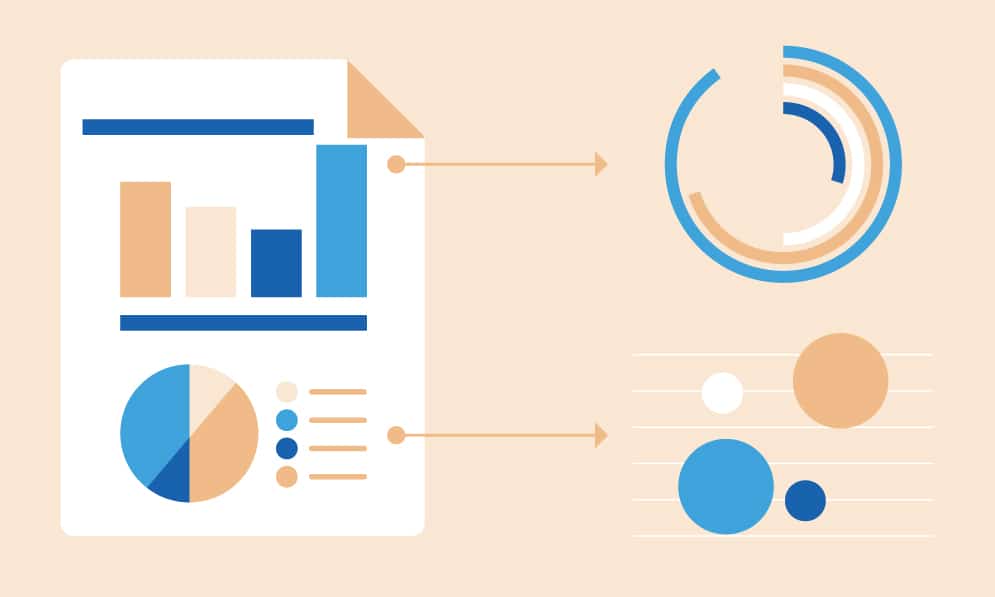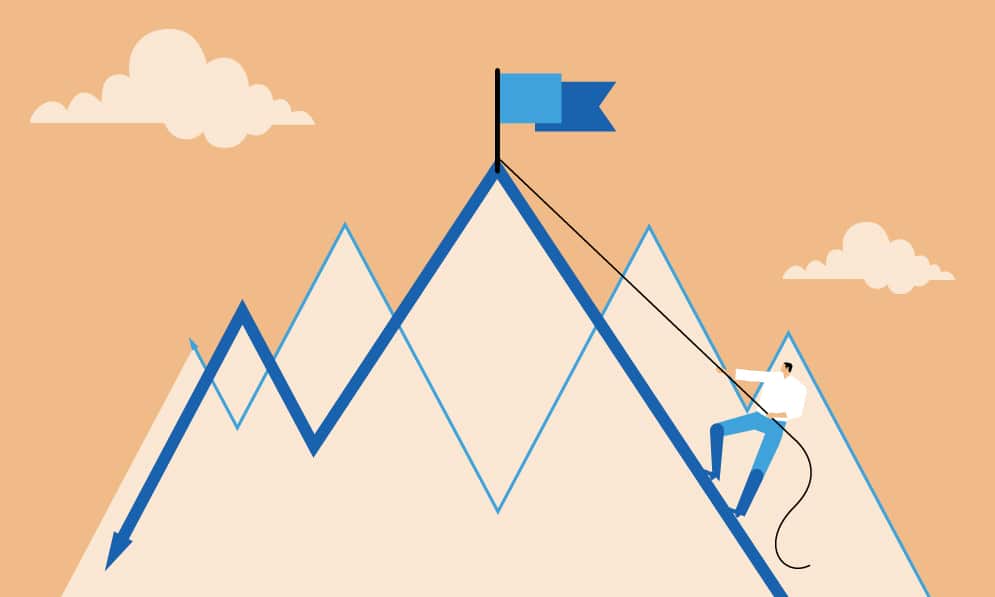The benefits of infographic services have convinced many marketers to include them in their marketing strategies. High rates of engagement, increased conversions, and positive social sharing are three of the most prized benefits of a good infographic for marketing.
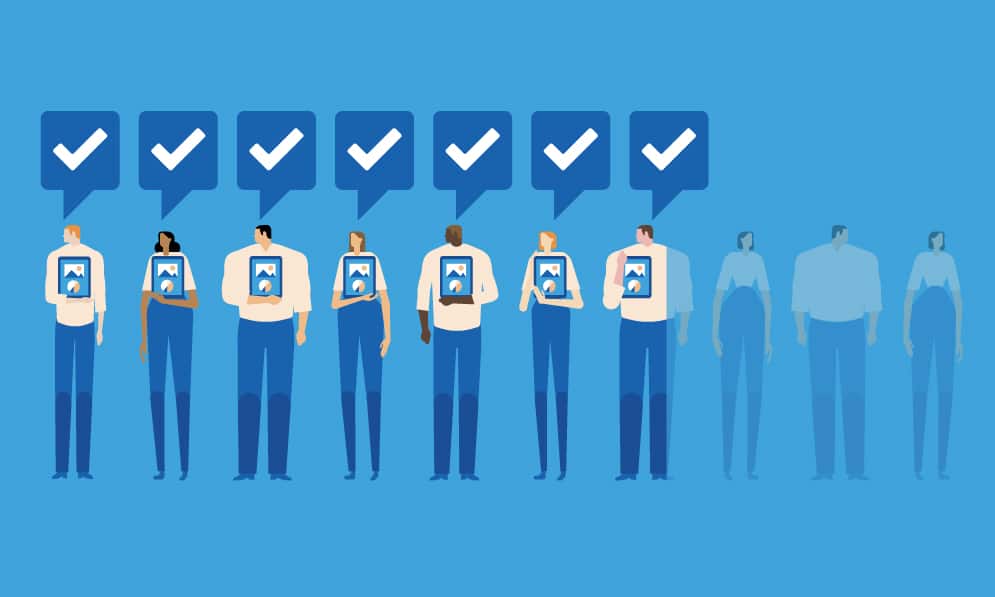
Are you thinking about integrating infographics into your marketing strategy? If so, you first need to have a thorough understanding of the reasons are so effective. In knowing the benefits of using infographics, you are more likely to create ones that leverage those benefits to their fullest potential. A visual marketing agency can help you execute on an infographic strategy.
What Are the Benefits of Infographics?
Back in 2012, it seemed every brand was producing infographics. The majority of them were created by amateur designers and did little to entice the audience to follow the call to action. Anyone can create an infographic. To create an infographic that moves the audience and gets them to follow your call to action however, you’ll need to carefully utilize the appropriate colors, fonts, graphic, and even animations.
You can create interactive infographics with 2D and 3D animations that make the content come to life. We recommend hiring a visual marketing agency for help executing on your vision. Let’s take a look at the top seven benefits of using infographics.
Humans Like Infographics
For starters, one of the most notable benefits of creating and using infographics stems from the fact that humans like them. When it comes to learning, attention and knowledge retention everyone knows it’s more exciting to look at images and graphics rather than plain text.
As visual creatures, our brains take a special liking to visual content because it’s easier to digest. Scientific research shows the brain is apter to remember much more information when it’s learned through visual content. In fact, people process images 90,000 times faster than we do plain text and respond 40% better.
The key to high engagement rates is providing the audience with interesting information in an easy-to-understand format. Infographics make it easy to achieve this goal. Think about it. Would you rather learn about a topic by reading a 10,000-word blog post or by looking at an infographic that conveys the same information through images and animations? An infographic will almost always come out on top as the preferred choice.
Your audience probably doesn’t have time to spend 20 minutes reading through a lengthy blog post. They do, however, have two minutes to digest the same information that’s shown in an infographic.
Excellent Medium for Telling a Story
Consumers crave marketing advertisements that have a storytelling component. When curated correctly, telling a story allows you to convey your brand’s personality, and most importantly, strike an emotional chord with your audience.
When you evoke emotion from your audience, they’re going to feel connected to the message you are sharing, regardless if they realize it’s a marketing message or not. Telling a story also has a way of getting your audience to come back for more information, especially when it’s a cliffhanger story. Your audience will hurriedly follow your call to action to learn more.
Credible sites that link back to your infographics are those that care about the story you are telling. They could care less about its impeccable design. If it doesn’t have rich content and a compelling story, you’ve wasted your time and money.
Perfect for Building Links
Infographics have long been known as an effective way to land links. Journalists and news outlets love infographics. Instead of having to sit down and read a lengthy blog post, they can skim over an infographic, check the sources, and create their own story. Many news outlets don’t even publish the actual infographic when creating a story on it. They simply create their own, throw in their own images and graphics, and link back to the original infographic for attribution purposes. Regardless, them linking back adds credibility to your site in the eyes of Google and other search engines.
Here’s the tricky part, though. Back in the day, just about any infographic would garner lots of links. As time has passed, the quality of infographics has soared. In order to boost your brand’s SEO value, you’ll need to invest a lot of time (and money) into acquiring quality backlinks for your infographics.
Just how much time and money are we talking? Well, that all depends. Do you already have the content you want to be featured in the infographic? If so, this greatly reduces the research that has to be performed to create the infographic. This alone may slash the cost of having an infographic created for you in half.
You may think infographic creation is rather simple, but it’s not. There’s a lot of design talent that has to be leveraged and you’re only going to find this talent at the hands of a professional designer who has extensive experience with programs like Adobe.
From a time perspective, you’re looking at about four to eight weeks from start to finish. Once again, though, if you already have the content you want to be featured, then this can reduce the time it takes to create an infographic by a couple weeks.
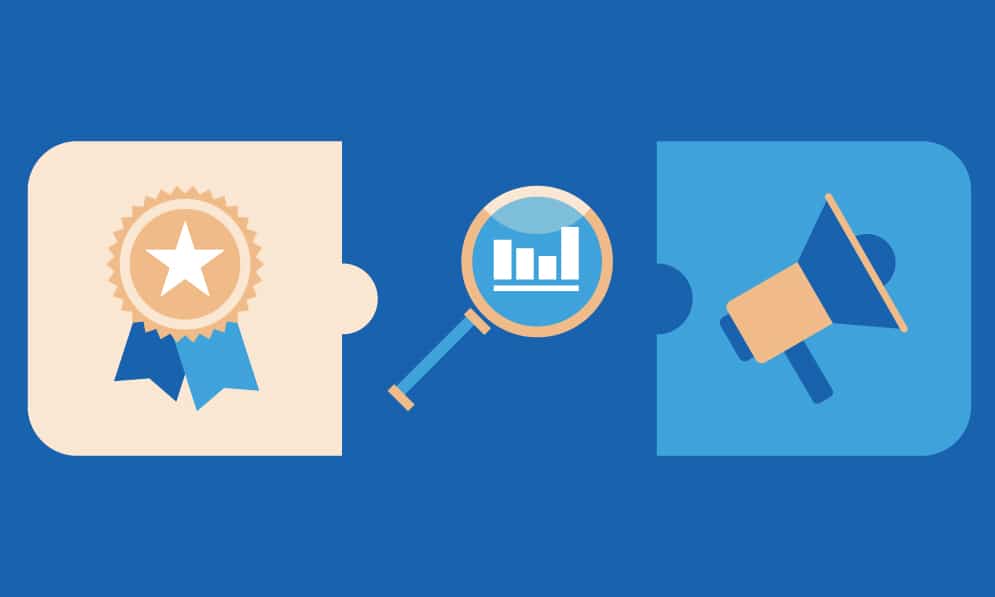
- Phenomenal design
- Researched-backed statistics
- Extensive promotion
An excellent way to ensure your infographic gets shared a lot is by making it as easy as possible for your audience to share. This means there should be social sharing buttons strategically placed around the infographic. You can even embed them in the actual infographic if you prefer. With the image share plugin by Sumo, you can have it to where social sharing buttons pop up when a person hovers their mouse over the infographic. This is about as easy as it gets when it comes to clicking a button and sharing the content across a variety of social media platforms.
You’ll also want to include an embed code, making it super simple for others to embed the infographic on their own sites, which will go a long way in helping you acquire as many backlinks as possible. For each and every time someone uses your infographic within their own article, you’ll receive an attribution, which is just a fancy name for a backlink.
Increase Your Sales
Another benefit of using infographics for marketing purposes is because they drive sales. You can even use them as a go-to sales tool.
Let’s say you’re selling automated accounting software. Explaining each feature that the software has will be incredibly time-consuming. You also have to remember that your leads aren’t so much interested in the exact features of the software but rather what those features mean. Just because your accounting software can automate invoice processing isn’t enough to close a sale. Explaining how that feature saves time and reduces human error, however, are both great selling points. You can do this with an infographic that details how automated invoice processing reduces accounts receivable and payable workloads and increases profit margins by eliminating human error.
Instead of writing out product features and benefits, an infographic gives you a way to bring those elements to life through imagery, graphics, and animations. You can even do a comparables infographic where you highlight how your accounting software is better than the programs offered by your competitors. Just remember, you’re not promoting your brand. You’re promoting a way of life. A life that is simplified thanks to your product.
When you educate your audience on a product or service that can simplify their lives, you’re providing true value. You’re showing that you care about more than selling your product. You’re saying, “Hey, here at Company XYZ, we understand that life is busy. We researched a topic you’re interested in and took our time and resources to compile our research so that you can consume it in a quick and easy-to-understand manner.” This is the type of marketing that increases sales, and it starts with publishing quality infographics.
Easily Reach Your Target Audience
Using infographics for marketing also proves beneficial because they allow you to easily reach your target audience. Because they aren’t designed for the sole purpose of selling — they’re designed to teach and educate — this helps you connect with consumers.
Your audience doesn’t want to build a relationship with your brand because you have a certain product or service. They want to build a relationship because they know you understand their pain points and you’re willing to go the extra mile to help them overcome their challenges.
Multiple Types to Take Advantage Of
You’ll also find using infographics for marketing to be beneficial because there are multiple types to choose from. If you’re wanting to show your audience the current state of the industry you operate in, you’ll need to create a “State Of” infographic.
A “Compare/Contrast” infographic gives you the ability to compare and contrast your opinion on a certain topic. Even better, you’ll have credible sources and research to back up your opinion.
With a “Resource” infographic, you can become the go-to source on a particular topic or subject. There are a lot of “How-to” infographics that fall into this category.
An “Evolution” infographic is meant to be extremely thought-provoking. It dives deep into the history of a certain topic and leaves the audience with the choice to take their own side.
Easy to Track Your Results
Last on our list of the benefits of infographics is the ability to easily track your results. Just like all marketing efforts, you need to devote a lot of time and resources to track how well your infographics are performing. Ideally, all of your infographics will be engaging, interesting, and overloaded with information that’s presented in a clear and succinct manner. However, you will undoubtedly find that some perform better than others.
For those that are pushing the most traffic, you’ll want to create more infographics that are similar in design and topic. You’ll also want to see which social media platforms the infographics are performing the best on; these are the ones you’ll want to target your promotional efforts toward.
It’s imperative that you have a landing page created specifically for each infographic. Don’t publish them all on the same page or you’ll find it incredibly difficult to analyze which ones are performing best. When using analytics, always calculate the value of the backlinks you earn, count social shares, and perform a reverse image search. If you notice certain sites have reposted your infographic without linking back to it, you should contact them and ask them to link back.
The Takeaway
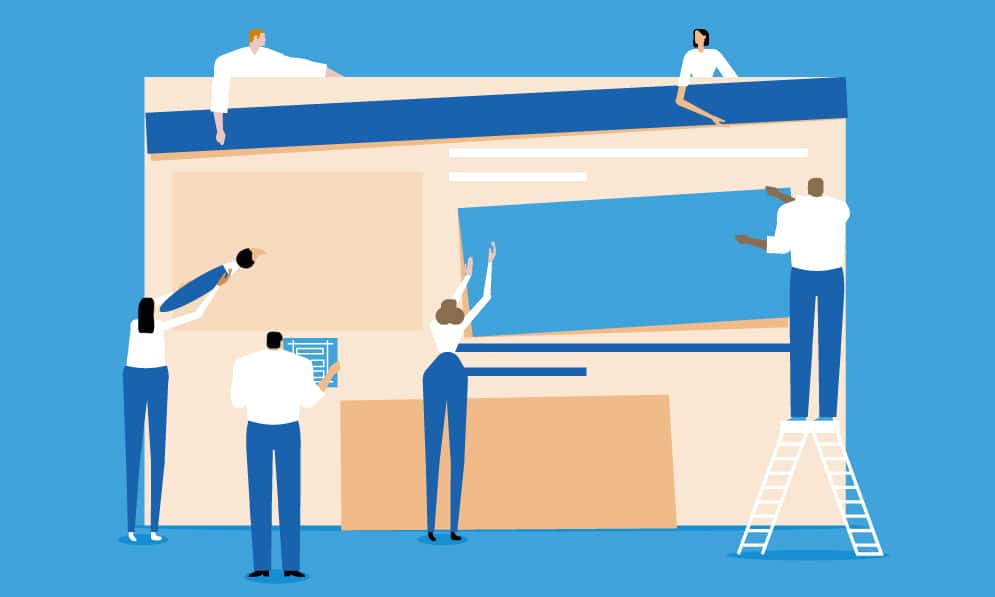
Use Infographics To Increase Inbound Leads Today
Sources
https://blog.hubspot.com/marketing/effectiveness-infographics




